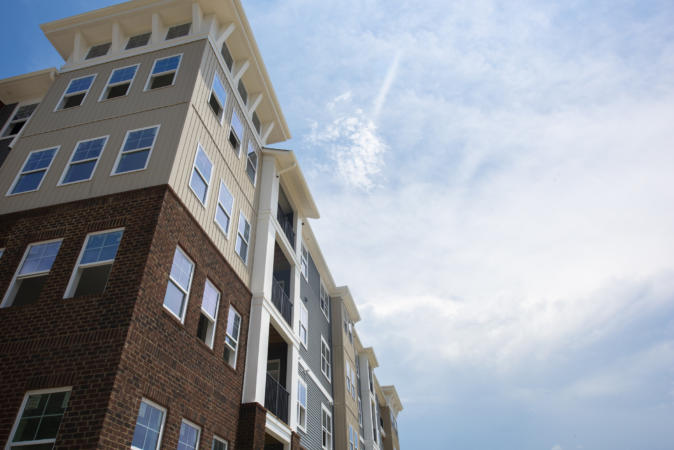Rent prices have increased by two percent to four percent nationwide each year since 2011, according to CoreLogic. While gains in federal and state minimum wage rules have somewhat mitigated the bite for lower-wage earners in certain areas, it’s often not enough to compete with the rising cost of housing. Meanwhile, the population of renters has increased, forcing renters to compete for a finite supply of rental housing, which is already pricing out some people.
Using data from the Joint Center of Housing Studies and the Economic Policy Institute, MagnifyMoney identified 16 cities where the median rent claims all of a minimum wage worker’s take-home pay, and then some. Let’s take a look at big cities that are more affordable and ones where the rent is too darn high.
Key findings
-
- Austin, Texas, is the least affordable major U.S. city for minimum-wage workers. Austin’s median rent is equal to 143 percent of take-home pay at the minimum wage.
- The median rent in Austin is $1,220 per month, while the city’s minimum wage stands at $7.25 an hour.
- Austin workers making minimum wage would need to work about 200 hours a month to be able to afford the median rent of $1,220.
- Chicago is the most affordable large city, with a minimum wage of $13 an hour. But even there, the median rent of $1,050 per month will claim 69 percent of a minimum-wage worker’s take-home pay.
-
- In Chicago, minimum wage workers would need to work just over 96 hours to make enough to pay the median rent of $1,050.
-
- Austin, Texas, is the least affordable major U.S. city for minimum-wage workers. Austin’s median rent is equal to 143 percent of take-home pay at the minimum wage.
If you are able to save some of your paycheck after rent and expenses, an online savings account with a high APY and no minimum balance may be a good place to start.
A closer look at where minimum wage doesn’t cover rent
The table below shows the median rent as a percentage of take-home pay for minimum-wage workers in 34 of the largest U.S. cities. In the top 16 cities listed, the median rent costs more than 100 percent of a minimum-wage worker’s monthly take-home pay.
In 12 of the 16 cities where the minimum wage to median rent ratio is the highest, minimum wage is less than $10 per hour. Half of these 16 cities earn at the federal minimum wage of $7.25.
But a higher minimum wage doesn’t necessarily translate to a lower percentage spent on rent. In San Francisco, for example, the high minimum wage of $15.59 is overwhelmed by the high median monthly rent of $1,860.
The following map offers a geographical visual of where you can expect to pay a larger (and smaller) percentage of your take-home pay on rent as a minimum-wage worker.
Of the cities we looked at, we found that median rent tends to eat up more of a minimum-wage worker’s take-home pay in the South. The Midwest, on the other hand, may be more affordable for minimum-wage workers, at least when it comes to rent.
Methodology
In December 2019, MagnifyMoney calculated the minimum wage of workers in 34 of the nation’s largest cities — those with a population of 300,000 or more in 2018 — to determine the relative affordability of rental housing. Our findings are based on data from the Joint Center of Housing Studies for median rent and the Economic Policy Institute for minimum wages. To find estimated take-home pay after payroll tax, we assumed 16 percent withholding in Social Security, Federal Insurance Contributions Act (FICA), Medicare and federal income tax.
Editorial Note: The content of this article, which previously appeared on Magnify Money, is based on the author’s opinions and recommendations alone. It has not been previewed, commissioned or otherwise endorsed by any of our network partners.
















